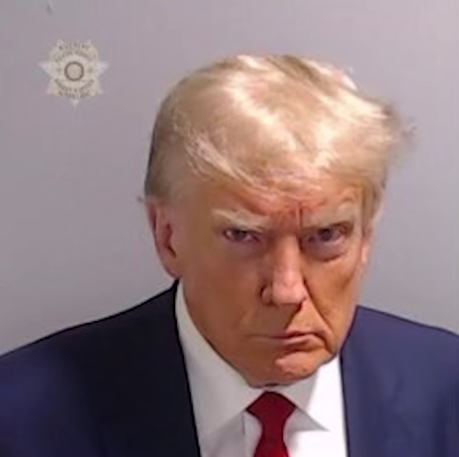
Donald Trump was convicted of felonies, not misdemeanors, due to specific legal provisions under New York law that elevate the seriousness of falsifying business records when certain conditions are met. While Trump himself has downplayed the charges, saying, “It’s only a misdemeanor,” the reality of his conviction is more complex. Here’s a breakdown of why the charges were escalated to felonies.
Misdemeanor vs. Felony Charges Explained
1. Misdemeanor (175.05):
- According to New York Penal Law Section 175.05, it is considered a misdemeanor to make or cause a false entry in the business records of an enterprise. This charge on its own is relatively minor.
2. Felony (175.10):
- Under New York Penal Law Section 175.10, the charge becomes a felony if the false business record is made with the intent to commit another crime or to aid or conceal the commission of another crime. This elevates the crime to a Class E felony, which, while the lowest level of felony, is still significantly more serious than a misdemeanor.
Trump’s Case Specifics
34 Counts:
- Trump was indicted on 34 counts of falsifying business records because each individual check, ledger entry, and invoice related to Michael Cohen’s monthly payouts was charged as a separate count. This volume of charges underscores the systematic nature of the alleged falsification.
Intent to Commit Another Crime:
- The crucial factor that escalated the charges to felonies was the prosecution’s argument that Trump intended to commit other crimes or to aid/conceal such crimes. The prosecution presented three potential crimes to justify this:
1. Tax Fraud:
- Payments to Michael Cohen were falsely recorded as legal expenses. This false recording was intended to allow Cohen to file a false tax return, claiming he earned $420,000 for work performed, when in reality, this amount was reimbursement for a campaign-related payment.
2. Federal Election Campaign Act (FECA) Violation:
- The $130,000 payment to Stormy Daniels was considered an excessive and undeclared campaign contribution. Although Cohen paid this amount, it was for the benefit of the Trump campaign, far exceeding the individual contribution limit of about $2,700.
3. New York Election Law Violation (Section 17-152):
- This law criminalizes conspiring to promote or prevent the election of any person to public office by unlawful means. The unlawful means cited in this case were the tax fraud and campaign finance violations.
Prosecution’s Strategy
Proving Intent:
- The prosecution did not need to prove that Trump actually committed these other crimes, only that he intended to commit them. They demonstrated this by showing that the false business records were part of a broader criminal scheme.
Jury Instructions:
- Jurors were not required to unanimously agree on which specific crime elevated the charge from a misdemeanor to a felony. They only needed to believe that Trump had the intent to commit any of the cited crimes. This flexibility allowed for varied interpretations among jurors, whether it was tax fraud, a FECA violation, or a New York election law violation.
Final Thoughts
Trump was convicted of a felony because the false business records were made with the intent to commit another crime, meeting the criteria under New York Penal Law Section 175.10. The prosecution’s identification of multiple underlying crimes (tax fraud, campaign finance violations, and election law violations) provided a robust foundation for escalating the charges from misdemeanors to felonies. This legal strategy ensured that the seriousness of the offenses was adequately addressed, resulting in Trump’s felony conviction.



